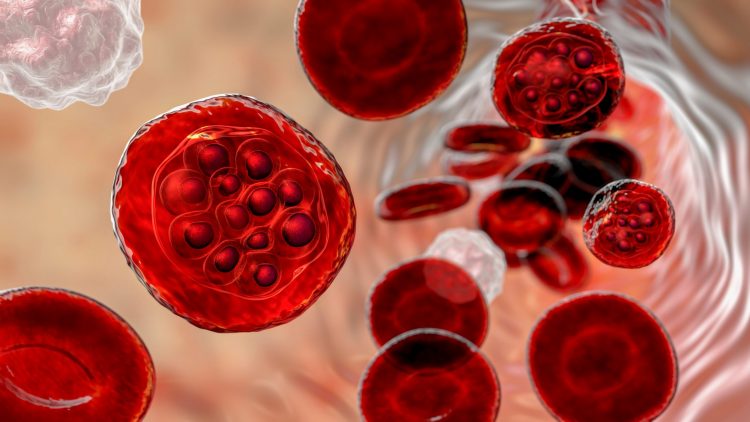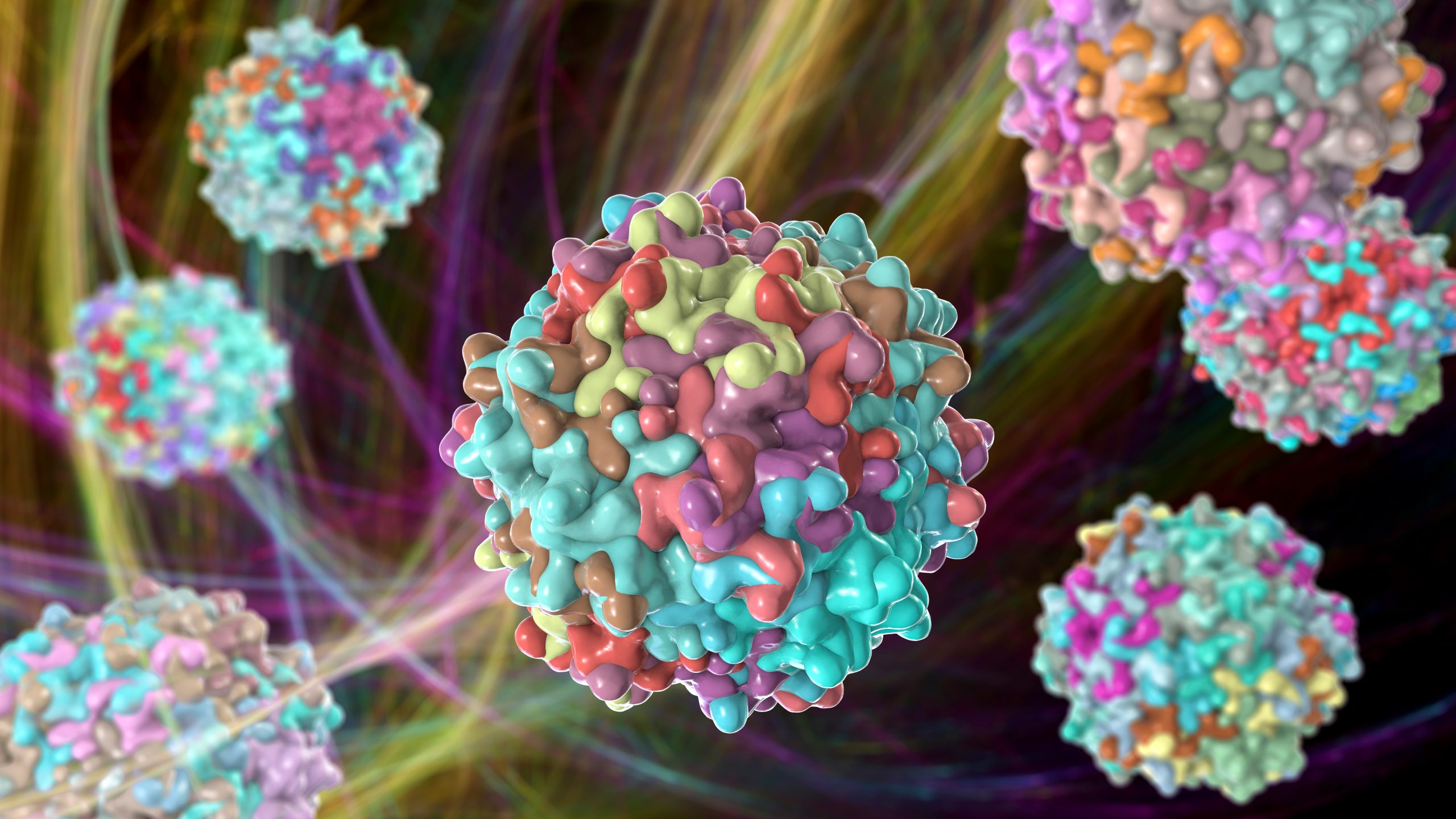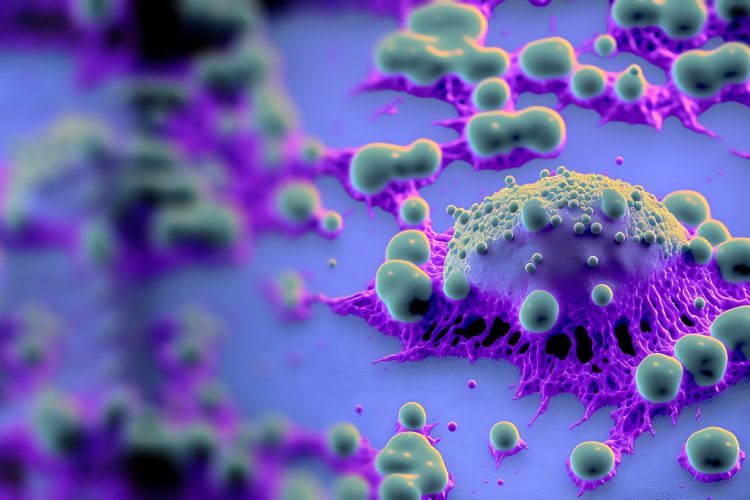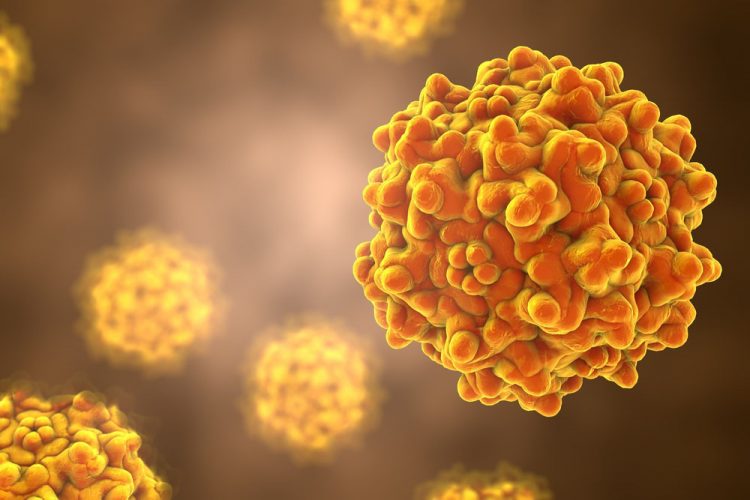Initial in vivo validation of novel cancer therapeutics using AI
In this Q&A, Dr Alan D. Roth, CEO of Oxford Drug Design, explains how his AI drug discovery company, which develops novel molecules for use in cancer treatments, has completed the first in vivo validation in its potential first-in-class approach against multiple tumours. A 28-day mouse trial showed clear efficacy…

































